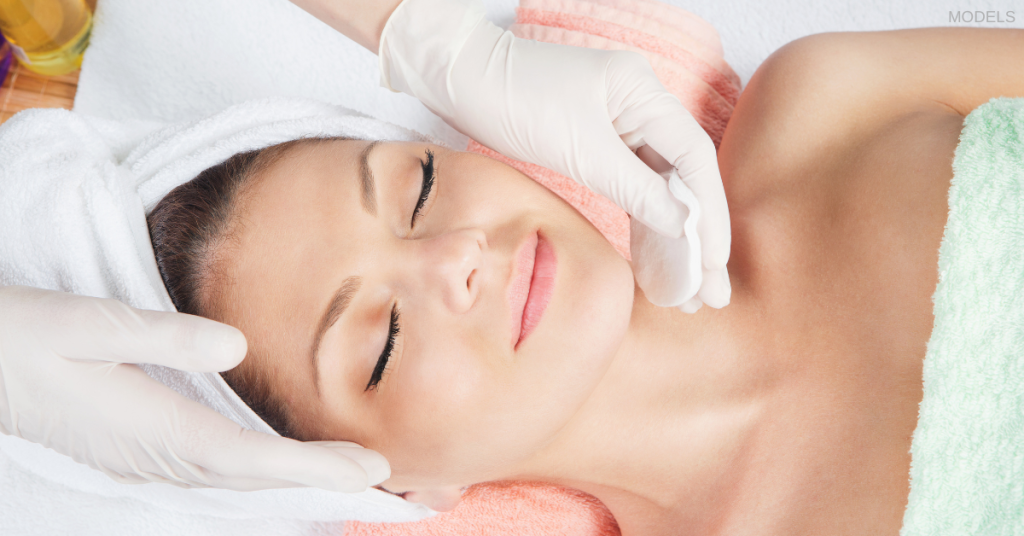
15
Dec
CAN YOU STILL GET DEEP CHEMICAL PEELS?

About 20 years ago, deep chemical peels were some of the go-to techniques for treating severe wrinkling and sun damage. These peels gradually fell out of favor as advanced laser skin treatments accomplished the same goals while reducing the risk of complications. Interest in deep chemical peels has renewed in the past few years, however, because they still produce dramatic results but use a safer formula.
Even though deep peels combining phenol and croton oil are making a comeback, few dermatology practices around Natick and Weston offer this treatment—which is now available at Essential Derm. We’re using a technique called segmental peels that treat specific areas of the face, such as around the mouth or under the eyes.
What Are Chemical Peels?
Chemical peels are skin rejuvenation treatments whose ingredients vary depending on the strength of the peel desired. They are generally grouped into 3 types:
Superficial Peel: This is the gentlest peel and improves mild skin discoloration and rough texture through exfoliation. During a superficial peel, we apply mild acid to the face, neck, chest, and hands. There is little to no downtime following a superficial peel. Examples include Jessner’s, Mandelic Acid, and Salicyclic Acid (beta-hydroxyacid).
Medium Peel: To penetrate the outer and middle layers of the skin, we apply trichloroacetic acid (TCA), with or without Jessner’s. This removes damaged skin cells and helps improve age spots, fine lines, wrinkles, freckles, and moderate skin discoloration. A medium peel can also treat some precancerous skin growths. The average recovery time is about 10 days.
Deep Peel: This aggressive treatment uses phenol to penetrate the deeper layers of the skin, removing damaged skin cells. A deep peel minimizes the appearance of deep wrinkles, scars, sun damage, and freckles. The results can be dramatic. The recovery following a deep peel is at least 2 weeks, and some side effects may last for several more weeks to months (pink color change).
Segmental Deep Chemical Peels
Today there are fewer smokers and people tend to protect themselves from the sun much more than they did 30 years ago. As a result, patients considering chemical peels have less severe photodamage and milder wrinkles. Around the mouth and eyes, though, more severe signs of aging still develop. Perioral (around the mouth) and periorbital (the area under the eyes) peels are called segmented peels. A deep chemical peel can smooth deep lines around the mouth and improve discoloration and lax skin under the eyes.
Deep peels using phenol destroy damaged skin cells, which are then replaced with new skin containing more elastic fibers and collagen—the essential building blocks of youthful, smooth skin. To ensure the entire face appears uniformly youthful, we often combine the segmented deep peels with medium peels on the rest of the face.
What Is a Lip Peel?
Can you augment thin lips without filler injections? Yes, with a lip peel. A lip peel gently dissolves the top layer of dead skin from the lips, a process that also augments the lips and results in a “lip flip” that gives the lips a fuller, more youthful appearance. We also perform lip peels at Essential Derm.
Questions?
At Essential Dermatology, we serve patients from Natick, MA, and all surrounding communities, including Wellesley and Weston. To learn if you’re a good candidate for a deep chemical peel, request a consultation using our online form or call us at (508) 827-2615 .
